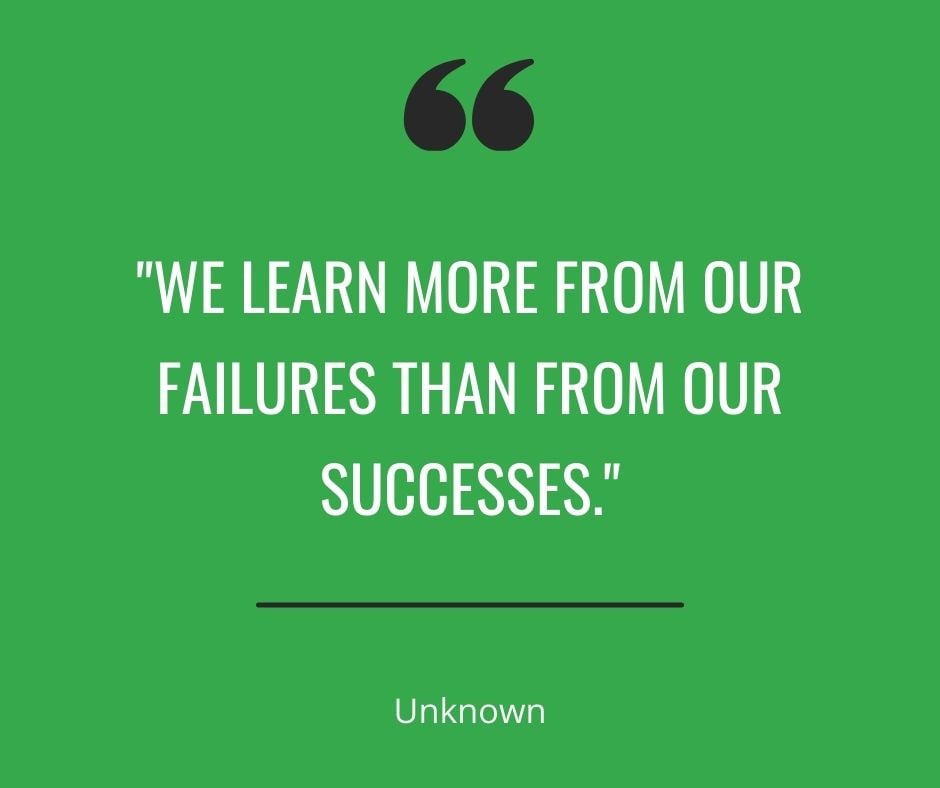4 min read
How to Review Your Trading Data - 6 Simple Steps
Have you ever reviewed your trading journal and felt lost? Many traders struggle to identify patterns and make sense of their performance. But what...
4 min read
Rolf
Oct 17, 2019 7:00:54 AM

The phrase “you need a system that fits your personality” gets thrown around a lot, but from my own experience helping traders, I can say that very few have an idea of what this really means. In this article, I will try to shed some light and provide some guidelines that you can use in your own trading to adjust your trading approach based on your personal situation, beliefs, mindset and goals.
Not only is every person different, but life situations and conditions differ as well. And based on where you are right now in life, you need to approach trading differently.
If you are in your mid-late twenties and you may be just started working, you probably won’t have a lot of savings. Thus, your trading account will be small which means that it is unrealistic to start trading for a living, or even have that as your next goal. However, at the same time, you have (hopefully) many more decades ahead of you and time is on your side. Therefore, your objective should be to lay a solid foundation with your trading, learn as much as you can and not focus on profits immediately. Invest a few years in building a steady track record where you only focus on percentage returns while keeping the drawdowns low. Do not worry about how much money you are making – this is the least important aspect for you in this situation. But put yourself in the best possible situation going forward. Do not rush, avoid shortcuts, do not try to double your account quickly, invest in yourself and just play the long game.
If you are in your early-mid fifties, you may have a nice nest egg and you may have saved up a decent amount of money. And although you also need to learn the foundation of trading, you can approach things very differently. If you can put anywhere between 100.000 and 300.000 USD in your trading account, even a small return would mean a significant amount of money. You can play things “safe”, only take the absolute best trades, risk a very small percentage and only trade a few times per month. Even a 10% annual return would mean a nice increase of capital and offer a good alternative to regular savings accounts or other investments.
If you are in your early forties and you have a well-paying job and no family, your risk profile and, therefore, your objectives could look very different again. You can probably add to your trading account regularly and, therefore, build the account size faster. You could also (reasonably) increase your risk that you are willing to take with the goal to get to a point where your trading expenses can cover your living expenses quicker. Of course, more risk means the likelihood of losses increases as well. But your responsibilities in your current situation may allow for that.
There are countless examples but I am sure you get the point. Your circumstances determine what your objectives are and what your focus needs to be on.
Many traders ask me what the best timeframe is and my answer always is: it depends.
Whereas I like to trade the higher timeframes (2H – Daily), Moritz trades the 5min and 15min. There is no right/wrong or better/worse and it only depends on your own profile and what you can handle personally.
I like the slower decision making and strategic thinking on the higher timeframes. I am not good at making quick decisions. And the lower timeframes require more emotional stability because you may get many signals within a day and you need to execute them without letting past results influence your thinking. On the higher timeframes, you have more time and you can take a break from your screens all the time.
On the lower timeframes, you may get more trading opportunities, patience plays out very differently, holding time is reduced and you can make up for losses much quicker.
At the same time, your lifestyle also influences your timeframe choice. If you cannot look at charts during your day job, day trading is out of the question. But if you can set aside a few hours in the evening, find an active market somewhere in the world and still trade with complete focus, you could still make day trading work.
Yes, you can influence the winrate to some degree. This is done through adjusting stops, targets and the reward/risk ratio. Let me briefly explain how:
As I have said so often, there is no right/wrong or better/worse. It all depends on the trader and what he/she is comfortable with.
Do you prefer more positive feedback and do not mind that the reward/risk ratio is lower? Or can you deal with a lower winrate but prefer to have much larger winners than losers?
Most traders experience problems because they want to keep their cake and eat it too. It is very hard (if not impossible) to have a high winrate while also having much larger winners than losers. You need to settle for one or the other. We talked about the fact that perfection and trading cannot be reconciled. Therefore, you need to ask yourself which trader you want to be and then adjust your stop loss and profit-taking approach accordingly.
At this point, it is very important to note that all the previously mentioned points can be applied to any strategy and trading approach. A good trading strategy can always be adjusted. A bad trading mentor will not tell you this and will force you in a very specific set of rules without room for adjustments. This is why the failure rate among traders is so high. You really need to make the strategy yours.
When students come to us, we provide them with very clear guidelines on certain aspects of the trading strategy. But we also encourage them to play around and we show exactly how. We do not want to create clones of ourselves, but we want to help each individual trader find what makes sense for them.
Does trend-following trading make sense? Do you want to trade pullbacks? Do you like pattern trading? Maybe you are drawn towards counter-trend trading? or you prefer price action over indicators? Whatever it may be, you can adjust any trading strategy to make it fit your needs. Don’t go around shopping for a new trading strategy or a new set of indicators all the time but settle on an overall approach that makes sense, learn it and then learn to adjust the individual parameters in order to achieve your personal objectives and create a trading approach that fits you.

4 min read
Have you ever reviewed your trading journal and felt lost? Many traders struggle to identify patterns and make sense of their performance. But what...

3 min read
The following is a guest post from Michael Lamothe.
I'm Michael Lamothe, and today marks an extraordinary milestone: the first anniversary of "The...

3 min read
It's easy to get discouraged by losses and question your every move. But what if there was a way to track your progress, learn from mistakes, and...